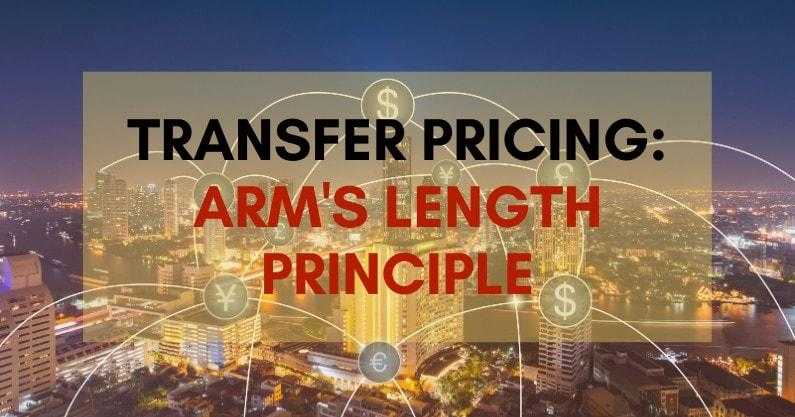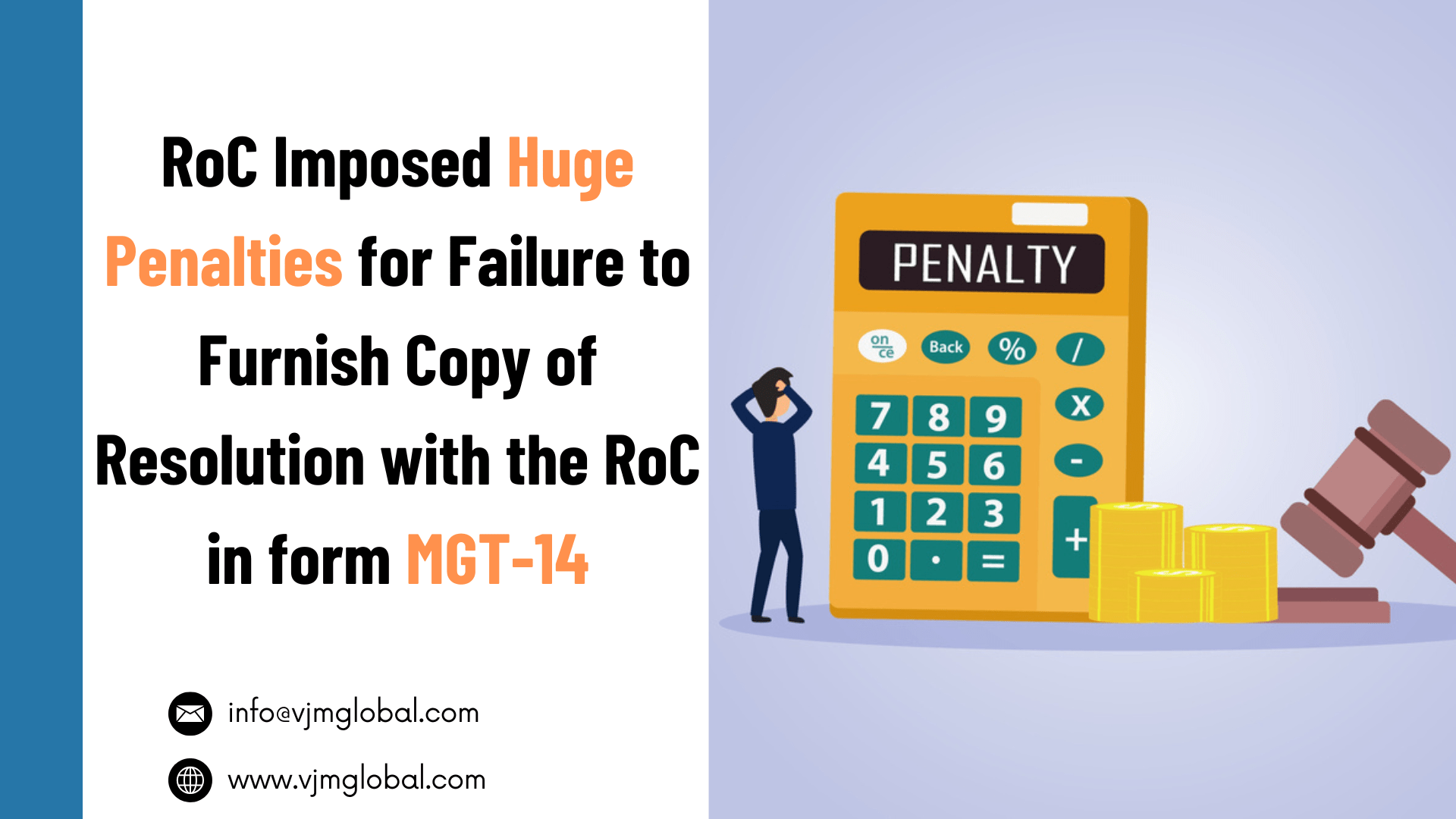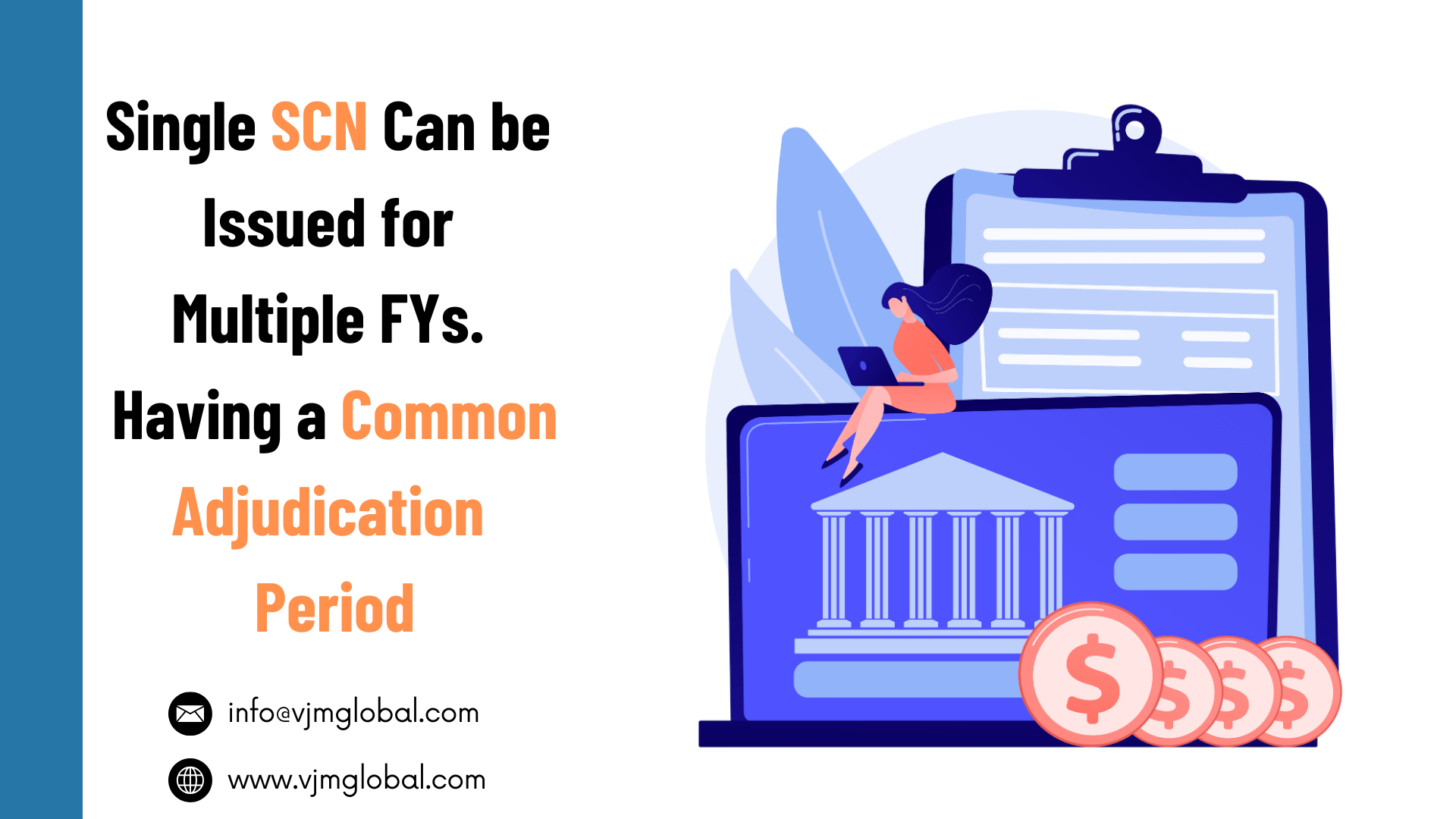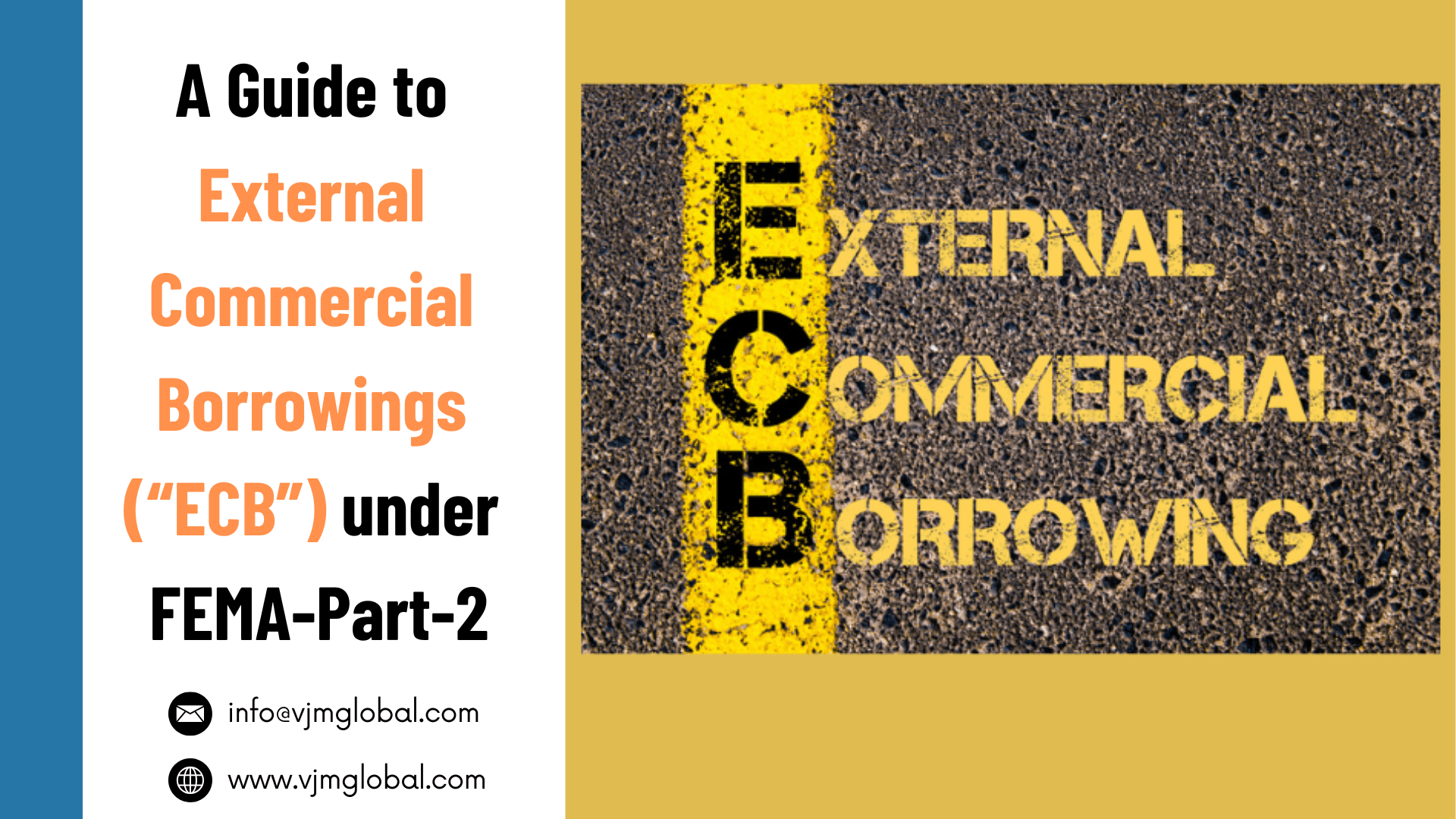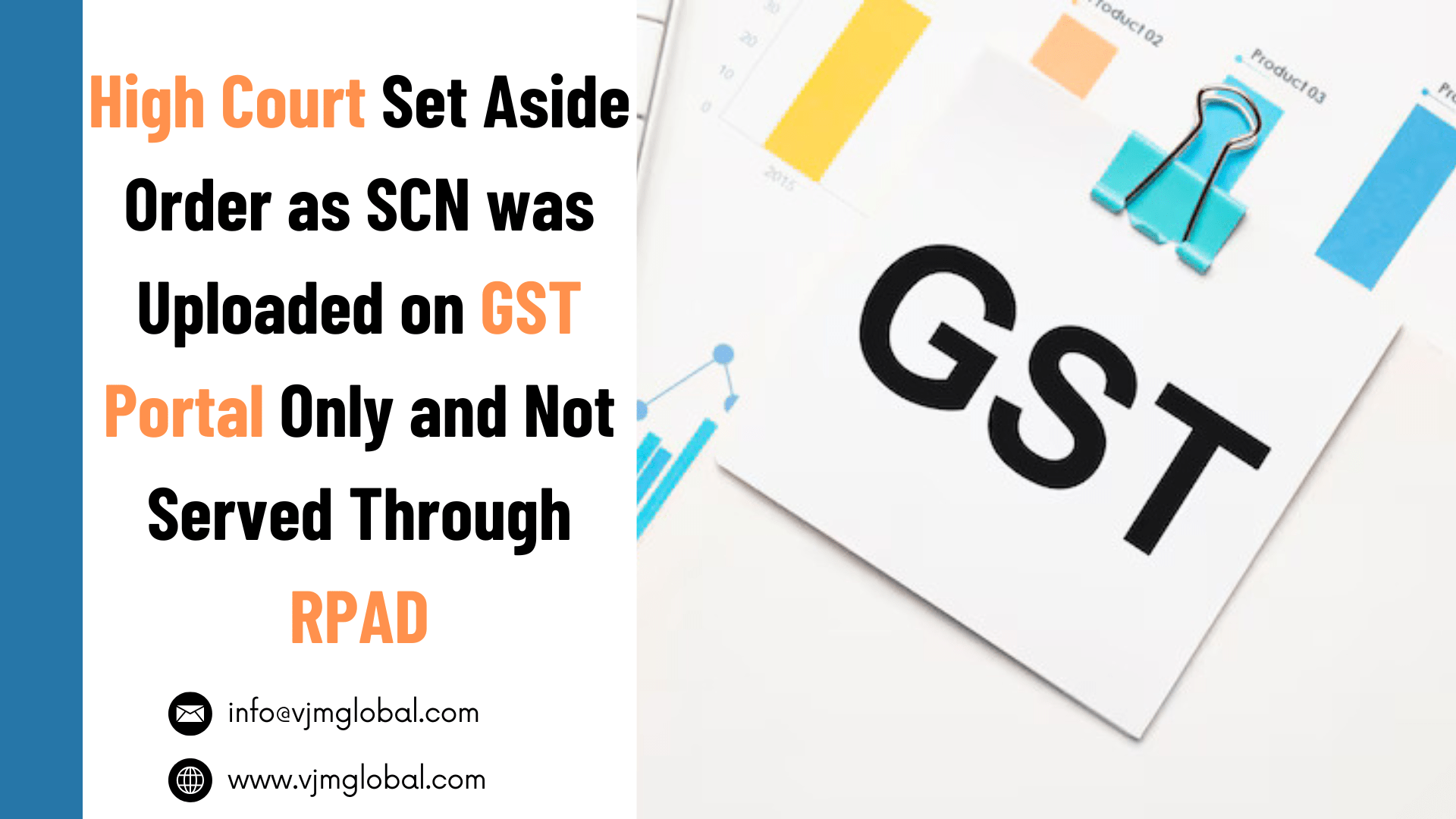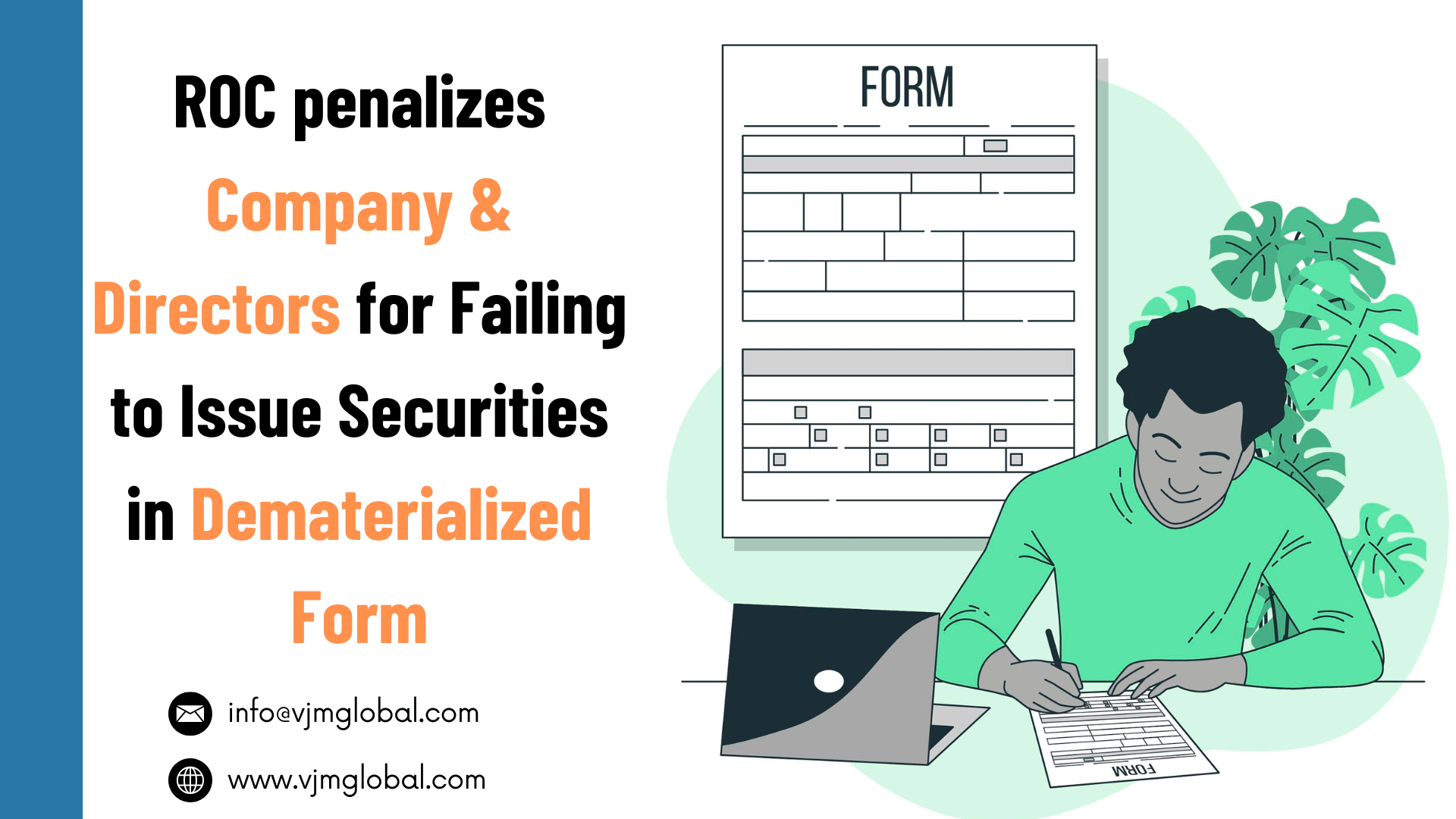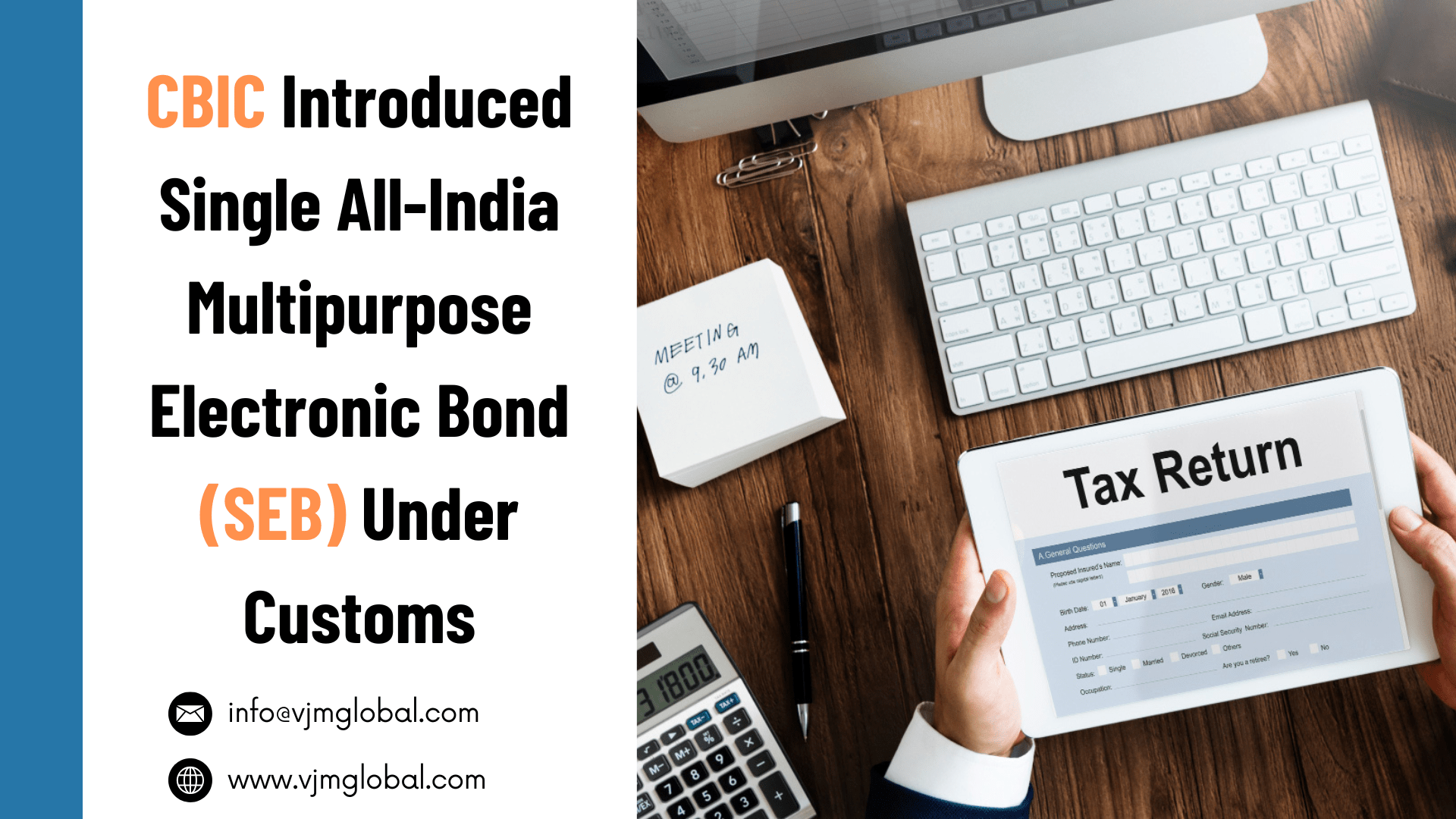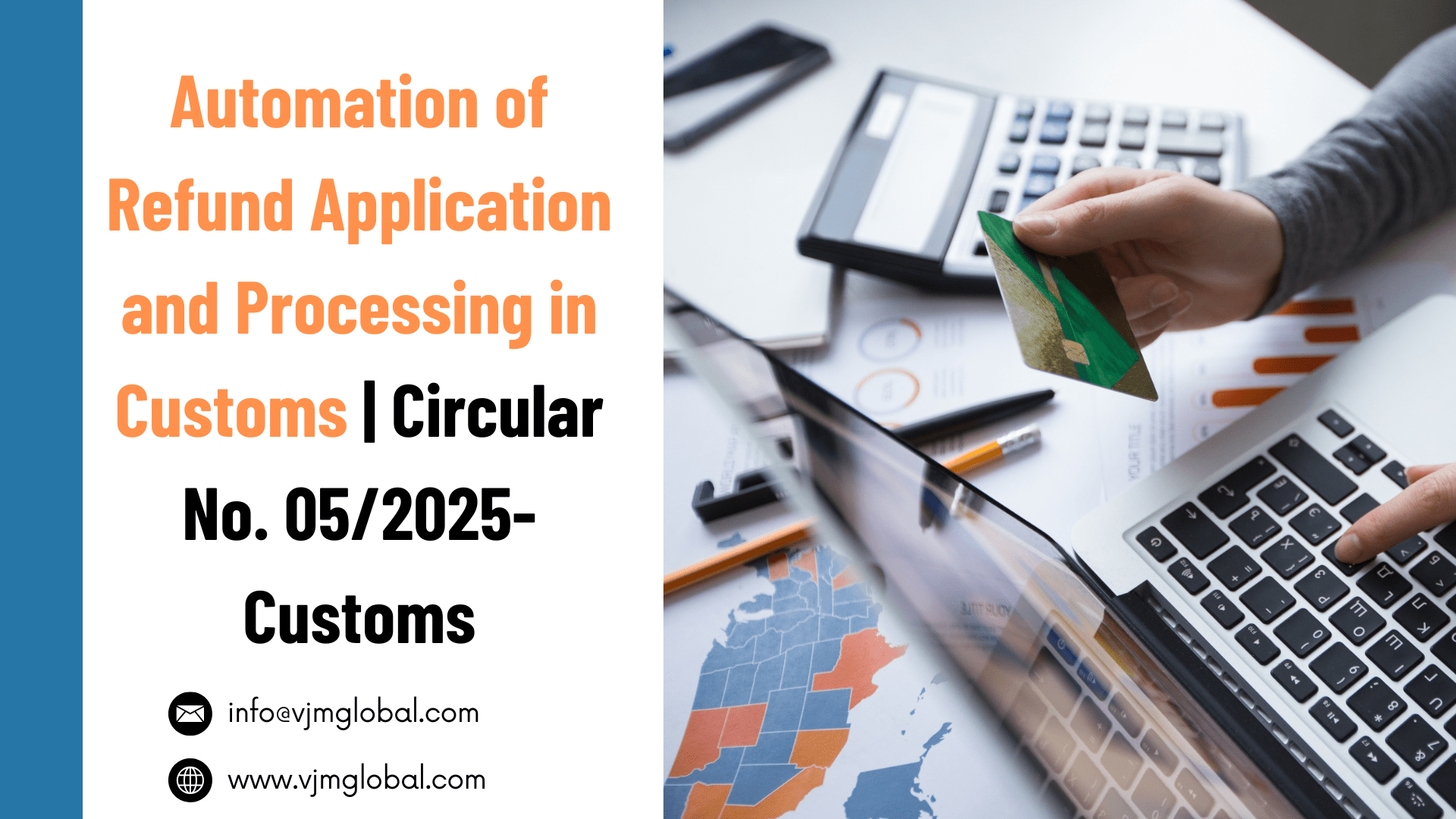Organisation for Economic Co-operation and Development came up with an international guideline-based on arm’s length principle to curb this issue. Arm’s length price is the price for the same or similar transaction which took place between independent parties in uncontrolled situations.
Section 92C of Income Tax Act, 1961 specifies 5 methods of computation of Arm’s Length Price. You may read about such articles here.
As per the Arm’s Length Principle, controlled transaction entities that are in correlation through management, capital, or control should agree to the same terms and conditions which they would have agreed in case of dealing with non-related companies for uncontrolled transactions.
Example: Suppose company A processes apples and trades with the distributor named Company B. The transaction between them will be an uncontrolled transaction if company B and Company A are not correlated associate entities, as defined under Income Tax Act, 1961. Hence, the terms and conditions considered in this transaction will be at ‘Arm’s Length Principle.’
Company P process Apples and those are sold by the distributor Company Q. Both Company P and Company Q are under common control of having common management are under Company R. Though the transaction is a controlled transaction, the terms and conditions need to comply with the transfer pricing regulations and need to satisfy the arm’s length principle.
Article 9 of the OECD Model Convention contains discussion related to The Arm’s Length Principle. Bilateral tax treaties have agreed upon the principal.
The OECD transfer pricing guidelines helps business organisations to avoid paying double taxation while allowing tax administrators to avail their fair share of taxes. Abuse of transfer pricing is a problem that the developing countries always face.
1. Arm’s Length Principle: 5 Transfer Pricing Methods You Must Know
There are five different transfer pricing methods which come under two categories, that are-
a) Traditional Transaction Methods
b) Transactional Profit Methods.
The first method looks only at the individual transactions, but the second method takes care of the company’s profit as well. Both of the methods take a specific approach and incorporate risks and benefits both at the same time.
There is nothing like a right or a wrong method- whichever suits a company’s business module; they go for the one.
Let’s dive into detailed information on both of the transfer pricing categories and their corresponding methods.
2. Traditional Transaction Methods
Under traditional transaction methods, we figure out similar transactions entered into between unrelated parties under uncontrolled conditions.
The terms and conditions related to the uncontrolled transactions (by third party organizations) get measured by Traditional Transaction Methods. Next, all the transactions are compared with the controlled transactions, which are made between associate enterprises to make sure they are operating at an arm’s length. Three methods fall into this category.
3. Comparable Uncontrolled Price Method (CUP Method)
In this method, we first need to find out similar transactions entered into with unrelated enterprises under uncontrolled conditions. Then under The CUP or Comparable Uncontrolled Price Method, the price of the uncontrolled transaction is compared with the price charged under controlled transaction after making all adjustments on account of differences.
E.g. A Ltd. manufactures mobile phones. It sold 10 white phones to its subsidiary B Ltd., located outside India, at the rate of INR 40,000 each. An ltd sold a similar phone of black colour in 100 quantity to an independent buyer for INR 35,000 each located in India.
Accordingly, the transaction between A Ltd and B Ltd. is considered as international transaction between associated enterprises. Therefore, provisions of transfer pricing shall apply.
For the purpose of determination of Arm’s length Price, CUP method can be used for transactions between A Ltd. and B Ltd. To determine Arm’s Length Price, adjustment is required on following grounds:
- B Ltd. gets Bulk Discount of INR 2000 per piece.
- Rate of white phones is INR 1,000 more as compared to black phones.
- Cost of insurance and ocean freight is INR 500 per piece.
Accordingly, Arm’s Length Price for a transaction between A ltd and B Ltd. shall be as follows:
| Particulars | Amount (INR) |
| Price per piece of Black Phone in an uncontrolled transaction | 35,000/- |
| Additional value on colour difference | 1,000/- |
| Add: Bulk discount | 2,000/- |
| Add: Freight and ocean freight | 500/- |
| ALP for white phone for a transaction between A ltd and B Ltd. | 38,500/- |
However, Comparable Data is the required key element to make this differentiation. Alongside, the uncontrolled transactions have to suffice high comparability standards to set a comparable price.
4. Resale Price Method (“RPM Method”)
The major building block of the RPM method is the resale price. Here, resale price is considered of the associate enterprise to the independent party.
Next, the resale price gets reduced by a gross margin, which is set by comparing gross margins of comparable transactions done by unrelated organizations.
After that, the associated costs of purchasing get deducted from the total. And, the last or final number gets assigned using the arm’s length price principal for the controlled transaction which is done between the affiliated companies.
E.g. M/s A Ltd. sold the mobile phone to its subsidiary B Ltd, located outside India, for INR 40,000 per piece. B ltd sold such phone for INR 50,000 to C Ltd. (Non-AE). B Ltd. also bought a similar phone from an independent party for INR 42,000 and sold it further to D Lts (Non-AE) for INR 55,000. We can compute the ALP for the transaction between A Ltd and B Ltd in the following manner:
| Particulars | Purchases from Associate Enterprises | Purchase from Non- Associated Enterprises |
| Purchase Price for B Ltd. | 40,000 | 42000 |
| Sales Price for B Ltd. | 50,000 | 55000 |
| Other expenses | 2,000 | 3,000 |
| Gross Profit | 8000 | 10,000 |
| GP Margin | 16% | 18.18% |
Computation of ALP for sale of goods by A Ltd to B Ltd.
| Sales Price | 50,000 |
| Now subtraction of: Expenses | 8000 |
| Subtraction of: Gross Profit Margin (18.18%) | 9091 |
| Arm’s length price | 32,909/- |
| The Price charged to B Ltd | 40,000/- |
5. Cost Plus Method
The CPLM method compares a company’s gross profit with the total cost of sales. This method figures out the costs quoted by the supplier in the controlled transaction, which is made between affiliated companies.
Next, comes the addition of the market-based markup with the total value to come up with an appropriate profit. The company has to spot the markup costs of comparable transactions that has happened between unrelated organizations to use the Cost Plus Method.
E.g. A Ltd.sold phones to its subsidiary B Ltd for INR 40,000. Cost of manufacturing such phone is INR 30,000. A ltd. has not sold any similar product to an unrelated party during the year. Accordingly, CPL method can be used for determining ALP. Normal Gross profit ratio of the company is 25% on Cost of Goods sold. In this case, ALP shall be as follows:
| Cost of Goods Sold | 30,000 |
| Add: Gross profit (25%) | 7500 |
| Arms Length Price for such transaction | 37,500 |
6. Transactional Profit Methods
This method doesn’t measure the terms and conditions of different transactions. Instead, it examines the net operating profits, gathered from the controlled transactions and estimates its similarities with the profits of comparable transactions made by third-party companies. This process gets pulled on to make sure all company markups are arm’s length.
7. Comparable Profits Method
The CPM, aka, Transactional Net Margin Method (TNMM), determines the transfer prices only by considering the net profit of a controlled transaction made between associated enterprises. Next, this value of profit gets compared to the net profits of uncontrolled transactions made by independent enterprises.
Generally, businesses use this method when the company doesn’t have any similar transaction in an uncontrolled situation. Accordingly, for the purpose of determining Arm’s Length price, we can consider a transaction of an independent enterprise which is engaged in sales of similar product under uncontrolled situations.
8. Profit Split Method
Sometimes, associated companies get into interconnected transactions which means these organizations can’t be seen on a specific basis. Under the profit share method, two or more enterprises operate under the same brand and agree to share or split the profits.
9. Conclusion
The main issue with the Arm’s Length Principle and Transfer Pricing is that the policy leaves room for too much interpretation. That eventually results in huge discussions in between the tax administrators and taxpayers.
As we understand, neither all products are the same, nor they have equal brand value. Therefore it’s relatively tough to compare various products with the market price.
Another thing is irrespective of the Arm’s Length Principle MNEs can shift profits to lower tax jurisdiction to avoid tax. Example of this is the passive income allocation of companies earned from tax havens without having any real activities to showcase.
Often, multinationals take advantage of transfer pricing and get round exchange controls and repatriate profits in a tax-free form. The OECD offers technical help to developing nations to implement transfer pricing rules through the standard way.
Read more: Quick Guide on GSTR-1 Return Filing

